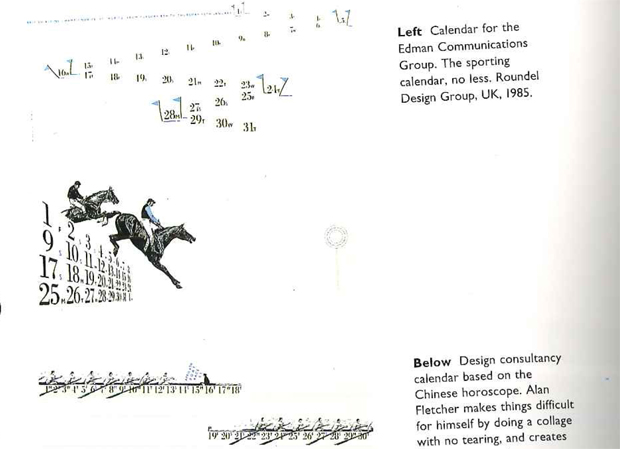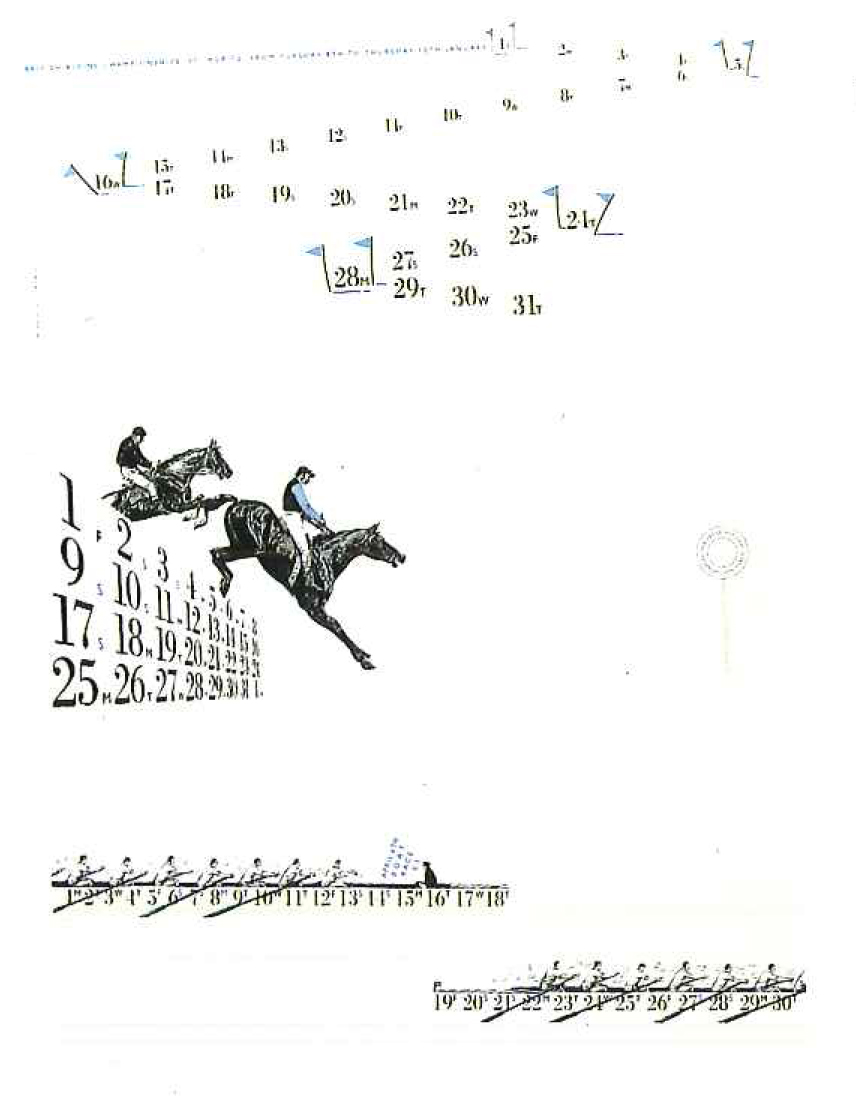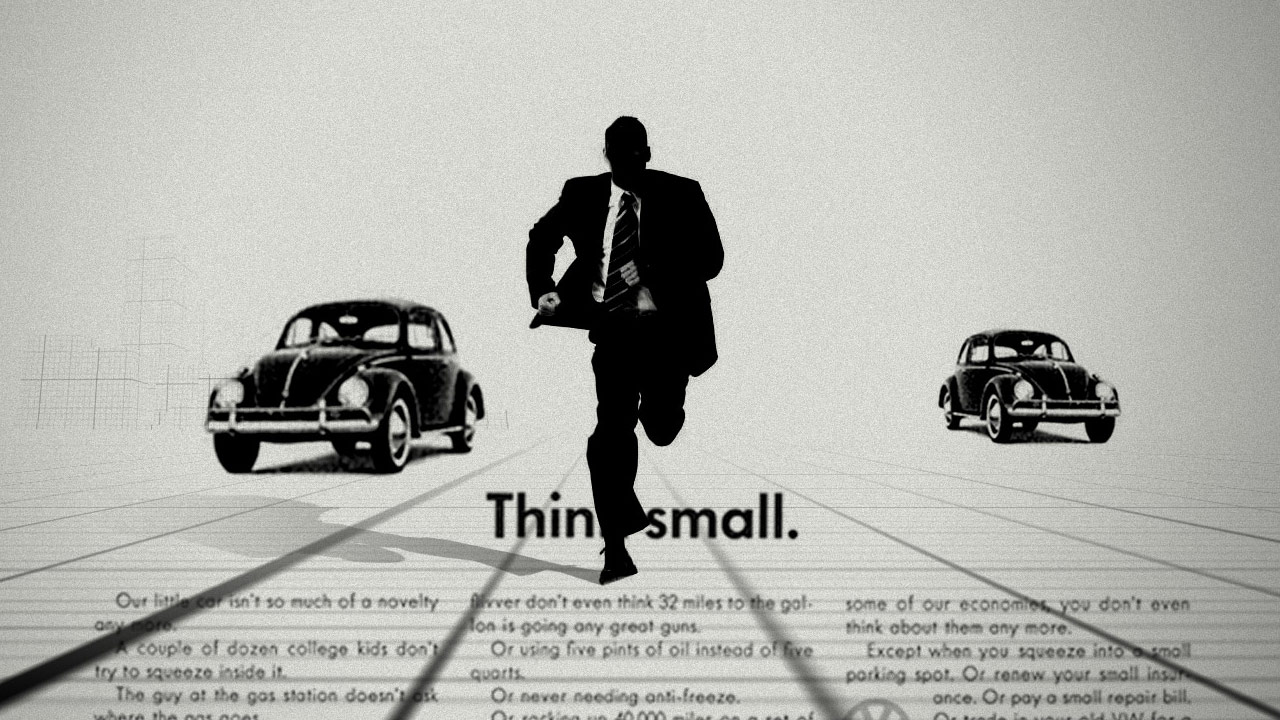
How a Phaidon book inspired Mad Men's titles
A tiny illustration in our graphic-design title A Smile in the Mind got Mad Men director Steve Fuller thinking
There's been plenty of speculation as to what inspired the falling man title sequence at the start of the hit TV series, Mad Men. Saul Bass's work on Anatomy of a Murder and Vertigo are commonly referenced, though everything from the Sept 11 attacks through to obscure pulp fiction covers have been put forward as reference points.
However, in a recent interview with director Steven Fuller - who created the sequence alongside his partner Mark Gardner - the Emmy Award-winning director pointed to a Phaidon book as his inspiration. Fuller was quizzed as to his title sequence's origins by fellow designer Steven Heller, who writes a blog, The Daily Heller for Printmag.com during which he admitted that his conceptual inspiration came from Mad Men's creator, Matthew Weiner but that a Phaidon book provided the visual jolt he needed to get the sequence rolling.
"He said on the briefing call 'I imagine a guy walking into a building, taking the elevator up to his office, putting his briefcase down and jumping out the window...but not that.'" says Fuller, adding, "I thought 'Why NOT that?'"
However, Fuller only found a way to combine this falling man motif with the show's greater themes after leafing through A Smile In The Mind, our visual exploration of wit and playfulness in graphic design. In particular, this reproduction of a 1985 desk calendar designed by the Roundel Design Group triggered Fuller's creative process.

As he explains to Heller, "This calendar I saw in the "A Smile In The Mind" book was my main inspiration actually." Later in the interview he references other images that fed into the sequence, including Cary Grant's famous crop duster scene in North by Northwest, as well some era-appropriate ad images, including the 1960s VW Beetle Think Small campaign.

"It really came from the design stew that's been swirling around in our head over the last 15 years since we left college," says Fuller, "But those images ....are really what triggered the look and feel."
It's interesting to see how that 'design stew' is cooked up and how, even for digital video sequence, print inspiration is still vital. To find out more, go here. For greater insight into the sequence, also take a look at this in-depth look at the design sequence. To get a copy of the book that inspired Fuller, go here. And for a greater understanding of graphic design from the Gutenberg Press up until the digital age, please take a look at our Archive of Graphic Design. And if you want to join join Phaidon Club beofre you make a purchase you can do that here.